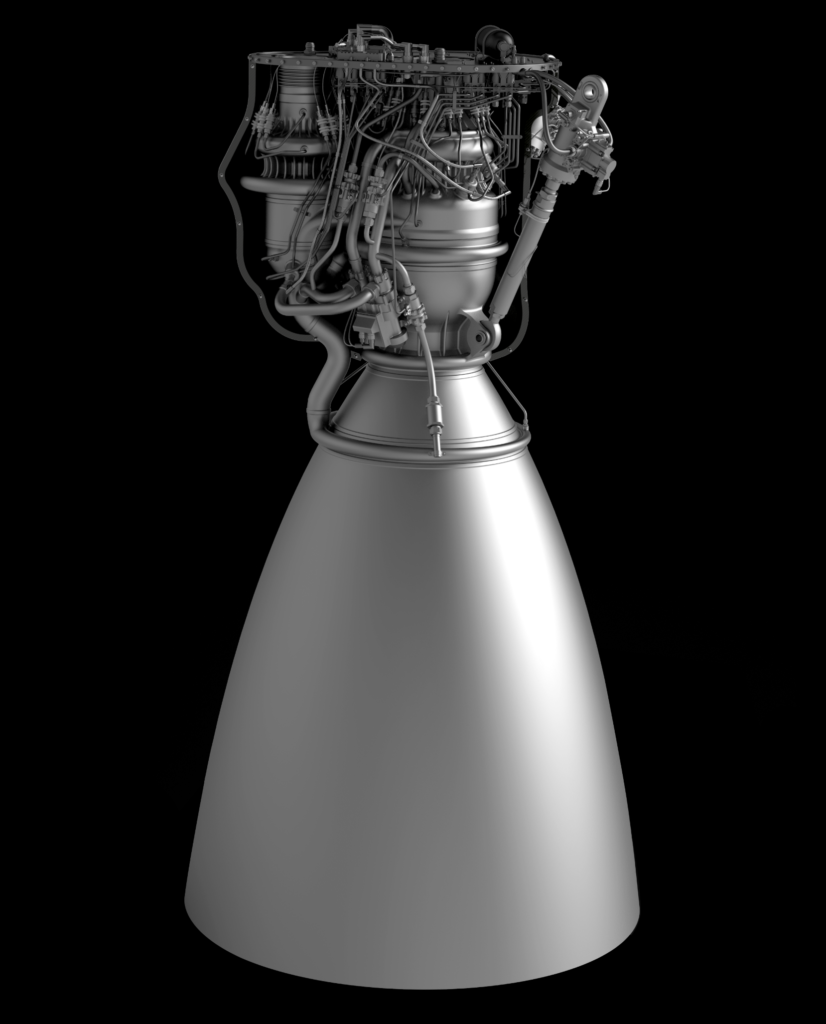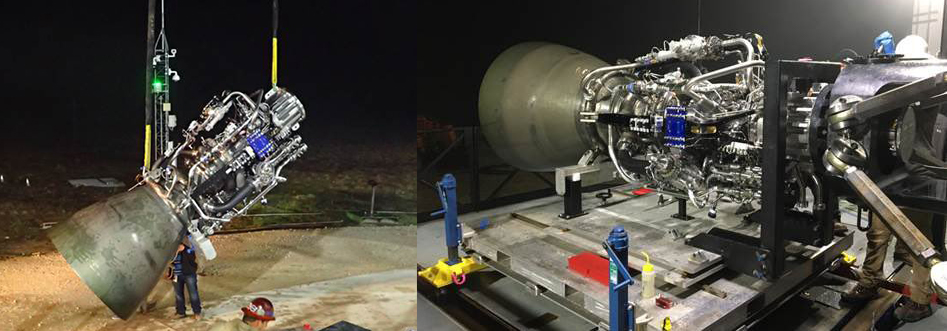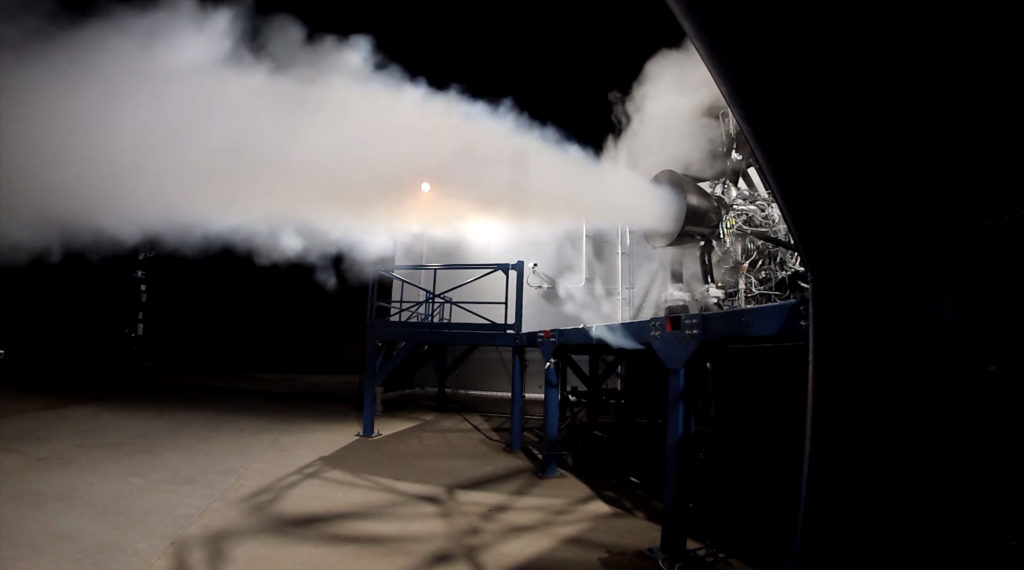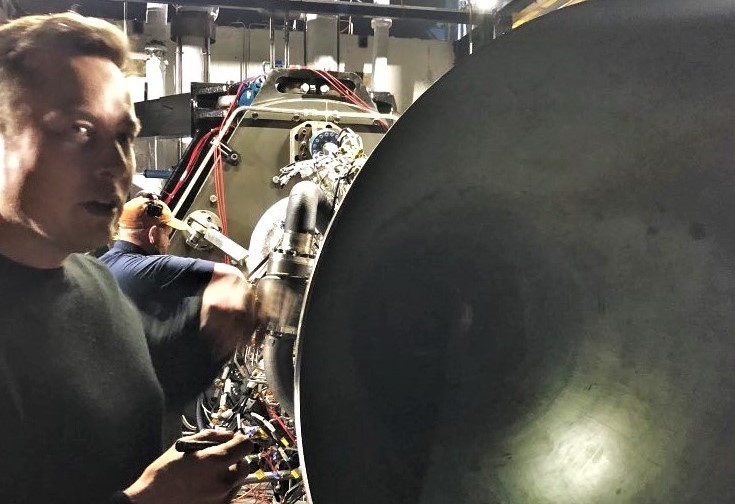
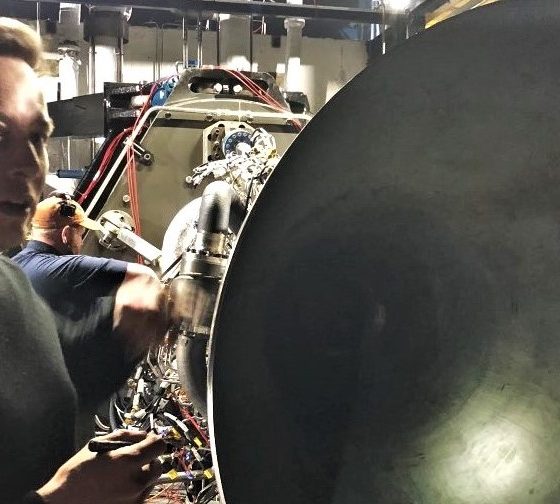
News
SpaceX CEO Elon Musk arrives in Texas for milestone Starship engine test
On Saturday evening, SpaceX CEO Elon Musk landed in Waco, Texas – perhaps along with additional SpaceX propulsion engineers – for the critical static fire debut of the first “radically redesigned” Raptor engine, built to power BFR’s Starship upper stage and Super Heavy booster.
If the first operationalized Raptor’s static fire tests go well, there are several possible routes the test program could take, all of which will end up with this engine and several others being tested and ultimately installed on the Starship hopper (Starhopper) prototype under construction roughly 500 miles (800 km) south of SpaceX’s Raptor test cell.
At @SpaceX Texas with engineering team getting ready to fire new Raptor rocket engine pic.twitter.com/ACFM8AtY8w
— Elon Musk (@elonmusk) February 3, 2019
Shortly after Musk revealed official photos of the first operationalized Raptor preparing for an inaugural static fire test at SpaceX’s McGregor, Texas facilities, the SpaceX and Tesla CEO’s private jet was seen landing at Waco, Texas around sunset. Although all SpaceX technical expertise needed for Raptor’s first ignition was probably already on site several days prior, Musk has been known to offer seats on his private planes to SpaceX and Tesla employees when a critical group is needed away from their normal base of operations. The best examples come from Tesla engineering expertise sometimes traveling between Fremont and Gigafactory 1 when needed, often to solve production holdups.
Regardless of whether he was traveling with members of the SpaceX propulsion team, Musk’s arrival at McGregor yesterday signified that Raptor Block 1’s first integrated hot-fire was imminent. Assuming no attempt was made on Saturday night or Sunday morning, SpaceX technicians and engineers are presumably still working on installing what is effectively a new rocket engine and ensuring that Raptor’s test cells – extensively overhauled and upgraded for the occasion – are working as intended. While the development Raptors SpaceX built hovered around 1000 kN (~100t) of thrust, also roughly the same as Merlin 1D, the Raptor now on stand in Texas is reportedly a 200 ton-class engine or more than double the thrust of any single engine SpaceX engineers and technicians have built or test-fired in 15 years of engine development.
- The only official render of Raptor, published by SpaceX in September 2016. The Raptor departing Hawthorne in Jan ’19 looked reasonably similar. (SpaceX)
- Technically speaking, this Raptor is the smaller (sea-level) version of the engine. (SpaceX)
- SpaceX’s current Texas facilities feature a test stand for Raptor, the engine intended to power BFR and BFS to Mars. (SpaceX)
- A Raptor prototype is seen here during its first-ever ignition test. (SpaceX)
- A 2017 test-firing of the mature development Raptor, roughly 50% less powerful than the full-scale system. (SpaceX)
A fork in the R&D road
Prior to completing Raptor Block 1 (unofficial designation), SpaceX cumulatively test-fired dev Raptors for far more than 1200 seconds over the course of more than 24 months. It’s unclear how extensively the company’s engineers will be able to test the pathfinder hardware built on the back of that extensive test program. Nominally, one would expect hundreds or thousands of seconds of additional testing to properly characterize the design and production of a brand-new, optimized engine like Raptor while primarily ensuring that it performs within engineering specifications.
Knowing CEO Elon Musk’s self-admitted tendency to push for impractical deadlines and schedules that often appeared rushed for the sake of rushing, it’s not impossible that the first Raptors could find themselves installed on the Boca Chica-based Starhopper test article after Merlin-esque acceptance testing and nothing more. For M1D and MVac, acceptance testing usually takes the shape of a full-duration burn with throttle and gimbal activity to closely simulate a true Falcon 9 or Heavy launch. For the 200-ton Raptor now in Texas, comparable acceptance testing could take a variety of forms, ranging from short Starhopper-relevant burns (10-60 seconds for small hops) to simulating conditions during a Super Heavy launch and landing or even a 6 or 7-minute orbital insertion burn indicative of the performance needed for Starship.

Depending on the interplay between the route SpaceX engineers would likely prefer and the Starhopper test schedule executives and managers might want, this first Raptor engine (and two more soon to follow) could be installed on Starhopper anywhere from a few weeks to several months from now. Elon Musk indicated in early January that he expected hop tests would occur 4-8 weeks later, shortly followed by unplanned damage to the craft’s nose cone that pushed the debut back “a few weeks”.
Aiming for 4 weeks, which probably means 8 weeks, due to unforeseen issues
— Elon Musk (@elonmusk) January 5, 2019
I just heard. 50 mph winds broke the mooring blocks late last night & fairing was blown over. Will take a few weeks to repair.
— Elon Musk (@elonmusk) January 23, 2019
Realistically, hop tests should thus be expected to begin no earlier than (NET) 8-12 weeks from the first week of January, translating to NET March or April. This would give SpaceX propulsion engineers a decent amount of time to gain at least a few hundred (or maybe 1000+) seconds of experience operating the newest and most advanced iteration of Raptor.
Check out Teslarati’s newsletters for prompt updates, on-the-ground perspectives, and unique glimpses of SpaceX’s rocket launch and recovery processes!

News
Tesla (TSLA) receives “Buy” rating and $551 PT from Canaccord Genuity
He also maintained a “Buy” rating for TSLA stock over the company’s improving long-term outlook, which is driven by autonomy and robotics.
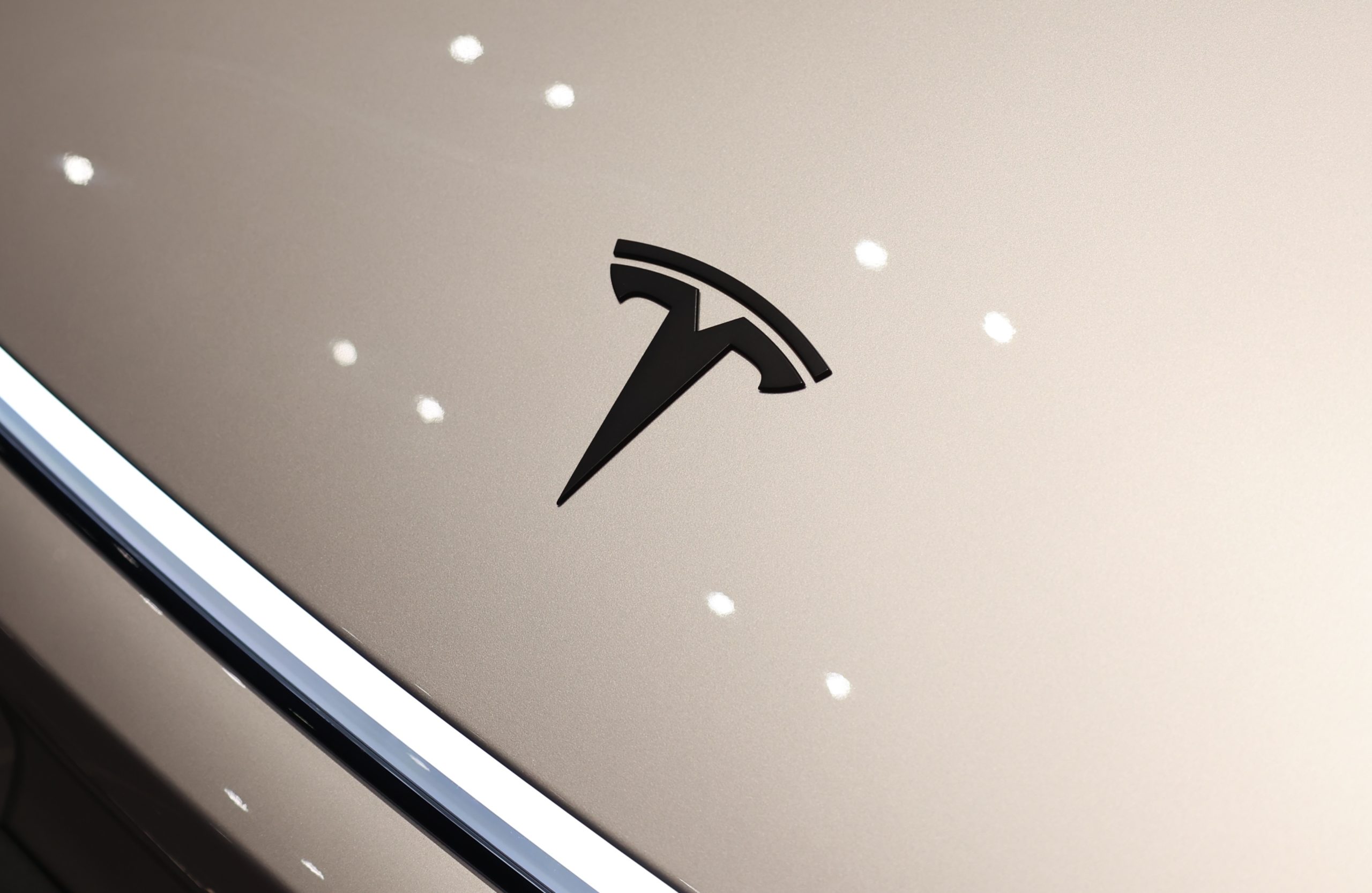
Canaccord Genuity analyst George Gianarikas raised his Tesla (NASDAQ:TSLA) price target from $482 to $551. He also maintained a “Buy” rating for TSLA stock over the company’s improving long-term outlook, which is driven by autonomy and robotics.
The analyst’s updated note
Gianarikas lowered his 4Q25 delivery estimates but pointed to several positive factors in the Tesla story. He noted that EV adoption in emerging markets is gaining pace, and progress in FSD and the Robotaxi rollout in 2026 represent major upside drivers. Further progress in the Optimus program next year could also add more momentum for the electric vehicle maker.
“Overall, yes, 4Q25 delivery expectations are being revised lower. However, the reset in the US EV market is laying the groundwork for a more durable and attractive long-term demand environment.
“At the same time, EV penetration in emerging markets is accelerating, reinforcing Tesla’s potential multi‑year growth runway beyond the US. Global progress in FSD and the anticipated rollout of a larger robotaxi fleet in 2026 are increasingly important components of the Tesla equity story and could provide sentiment tailwinds,” the analyst wrote.
Tesla’s busy 2026
The upcoming year would be a busy one for Tesla, considering the company’s plans and targets. The autonomous two-seat Cybercab has been confirmed to start production sometime in Q2 2026, as per Elon Musk during the 2025 Annual Shareholder Meeting.
Apart from this, Tesla is also expected to unveil the next-generation Roadster on April 1, 2026. Tesla is also expected to start high-volume production of the Tesla Semi in Nevada next year.
Apart from vehicle launches, Tesla has expressed its intentions to significantly ramp the rollout of FSD to several regions worldwide, such as Europe. Plans are also underway to launch more Robotaxi networks in several more key areas across the United States.
News
Waymo sues Santa Monica over order to halt overnight charging sessions
In its complaint, Waymo argued that its self-driving cars’ operations do not constitute a public nuisance, and compliance with the city’s order would cause the company irreparable harm.
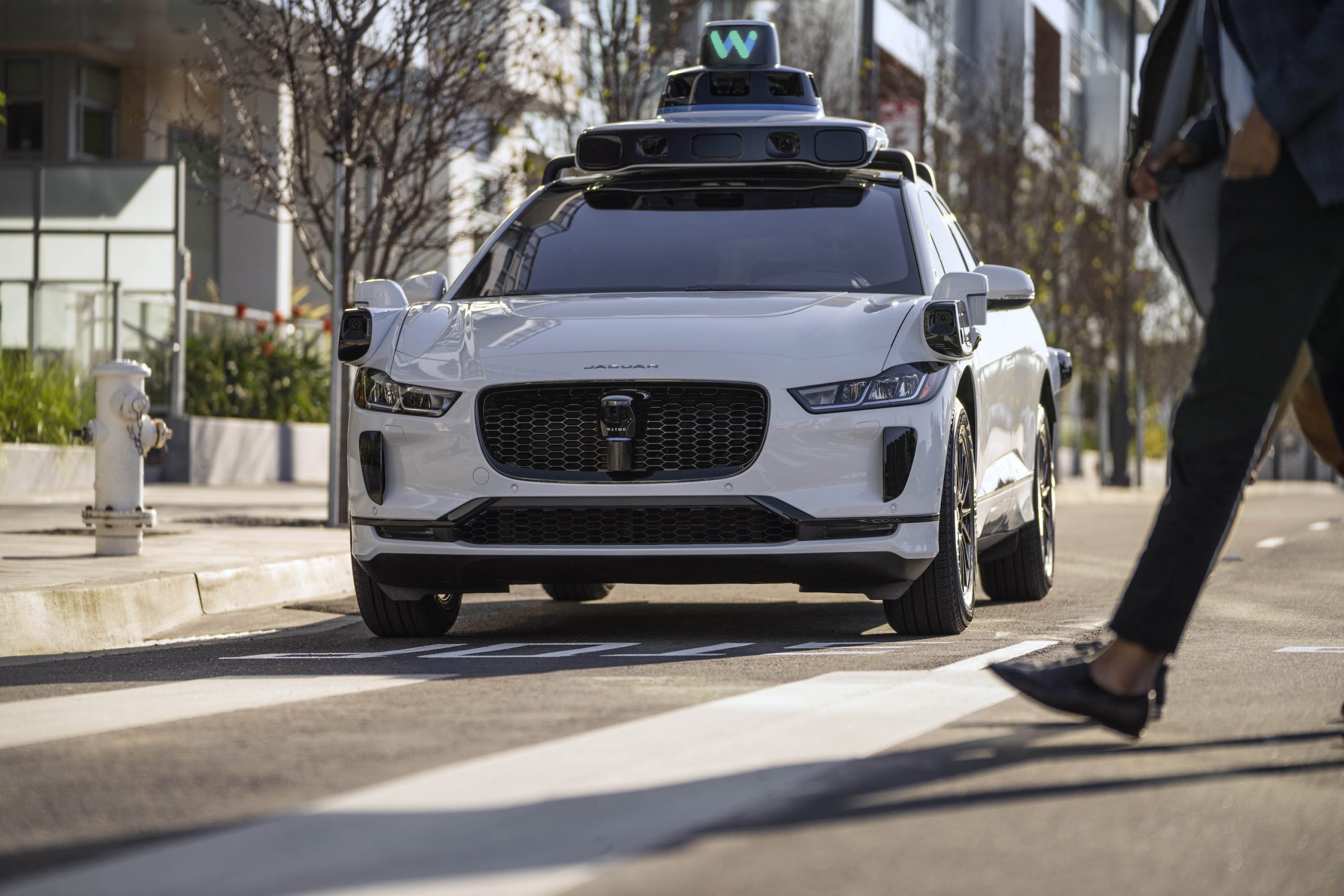
Waymo has filed a lawsuit against the City of Santa Monica in Los Angeles County Superior Court, seeking to block an order that requires the company to cease overnight charging at two facilities.
In its complaint, Waymo argued that its self-driving cars’ operations do not constitute a public nuisance, and compliance with the city’s order would cause the company irreparable harm.
Nuisance claims
As noted in a report from the Los Angeles Times, Waymo’s two charging sites at Euclid Street and Broadway have operated for about a year, supporting the company’s growing fleet with round-the-clock activity. Unfortunately, this has also resulted in residents in the area reportedly being unable to sleep due to incessant beeping from self-driving taxis that are moving in and out of the charging stations around the clock.
Frustrated residents have protested against the Waymos by blocking the vehicles’ paths, placing cones, and “stacking” cars to create backups. This has also resulted in multiple calls to the police.
Last month, the city issued an order to Waymo and its charging partner, Voltera, to cease overnight operations at the charging locations, stating that the self-driving vehicles’ activities at night were a public nuisance. A December 15 meeting yielded no agreement on mitigations like software rerouting. Waymo proposed changes, but the city reportedly insisted that nothing would satisfy the irate residents.
“We are disappointed that the City has chosen an adversarial path over a collaborative one. The City’s position has been to insist that no actions taken or proposed by Waymo would satisfy the complaining neighbors and therefore must be deemed insufficient,” a Waymo spokesperson stated.
Waymo pushes back
In its legal complaint, Waymo stated that its “activities at the Broadway Facilities do not constitute a public nuisance.” The company also noted that it “faces imminent and irreparable harm to its operations, employees, and customers” from the city’s order. The suit also stated that the city was fully aware that the Voltera charging sites would be operating around the clock to support Waymo’s self-driving taxis.
The company highlighted over one million trips in Santa Monica since launch, with more than 50,000 rides starting or ending there in November alone. Waymo also criticized the city for adopting a contentious strategy against businesses.
“The City of Santa Monica’s recent actions are inconsistent with its stated goal of attracting investment. At a time when the City faces a serious fiscal crisis, officials are choosing to obstruct properly permitted investment rather than fostering a ‘ready for business’ environment,” Waymo stated.
News
Tesla FSD v14.2.2 is getting rave reviews from drivers
So far, early testers have reported buttery-smooth drives with confident performance, even at night or on twisty roads.

Tesla Full Self-Driving (Supervised) v14.2.2 is receiving positive reviews from owners, with several drivers praising the build’s lack of hesitation during lane changes and its smoother decision-making, among others.
The update, which started rolling out on Monday, also adds features like dynamic arrival pin adjustment. So far, early testers have reported buttery-smooth drives with confident performance, even at night or on twisty roads.
Owners highlight major improvements
Longtime Tesla owner and FSD user @BLKMDL3 shared a detailed 10-hour impression of FSD v14.2.2, noting that the system exhibited “zero lane change hesitation” and “extremely refined” lane choices. He praised Mad Max mode’s performance, stellar parking in locations including ticket dispensers, and impressive canyon runs even in dark conditions.
Fellow FSD user Dan Burkland reported an hour of FSD v14.2.2’s nighttime driving with “zero hesitations” and “buttery smooth” confidence reminiscent of Robotaxi rides in areas such as Austin, Texas. Veteran FSD user Whole Mars Catalog also demonstrated voice navigation via Grok, while Tesla owner Devin Olsen completed a nearly two-hour drive with FSD v14.2.2 in heavy traffic and rain with strong performance.
Closer to unsupervised
FSD has been receiving rave reviews, even from Tesla’s competitors. Xpeng CEO He Xiaopeng, for one, offered fresh praise for FSD v14.2 after visiting Silicon Valley. Following extended test drives of Tesla vehicles running the latest FSD software, He stated that the system has made major strides, reinforcing his view that Tesla’s approach to autonomy is indeed the proper path towards autonomy.
According to He, Tesla’s FSD has evolved from a smooth Level 2 advanced driver assistance system into what he described as a “near-Level 4” experience in terms of capabilities. While acknowledging that areas of improvement are still present, the Xpeng CEO stated that FSD’s current iteration significantly surpasses last year’s capabilities. He also reiterated his belief that Tesla’s strategy of using the same autonomous software and hardware architecture across private vehicles and robotaxis is the right long-term approach, as it would allow users to bypass intermediate autonomy stages and move closer to Level 4 functionality.
